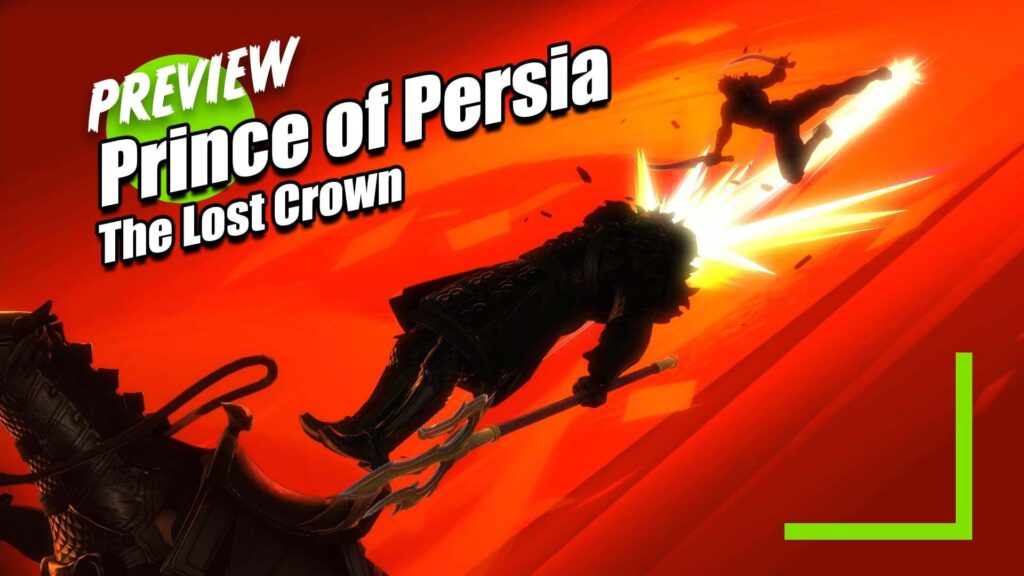
Prince of Persia: The Lost Crown is the most excited I’ve been for a Ubisoft game in a long while. Pitched as a modern take on the franchise, it blends the old sidescrollers with the Sands of Time trilogy, all packaged up in an action-packed metroidvania starring Sargon the Immortal.
In early December, Ubisoft invited me to a virtual preview event where I played it for three and a half hours, from the beginning. It wasn’t quite the final build, but it felt pretty much like the intended experience.
When I first played it over the summer, it was a curated 30-minute slice of gameplay, featuring abilities that presumably come later in the game. I walked away from that pleasantly surprised by the game. By the end of this longer preview period, I found myself absolutely jazzed to see what the full release has in store.
This Isn’t the Prince of Persia You’re Expecting
And that’s a good thing. There are a lot of classic franchise hallmarks here, combining the precision platforming of the old sidescrollers with the action-oriented combat of the Sands of Time. But everything feels cranked up to 11 here.
The platforming is fast-paced, and when you’re in the groove, you glide smoothly between traps and pitfalls. Fighting feels like it has a hint of Devil May Cry inspiration, leaning into launchers, air juggles, and meaty combo strings. Once you’ve started hitting an enemy, they’re at your mercy until you drop the combo.
Aside from dual-wielding swords for close-range fights, Sargon gets a bow and chakram early on for some long-range damage. The bow also stops your fall in the air, giving it more utility as a way to extend air combos. The chakram acts like a boomerang, and if you parry it when it returns to you, you can bounce it back out there at a higher speed.
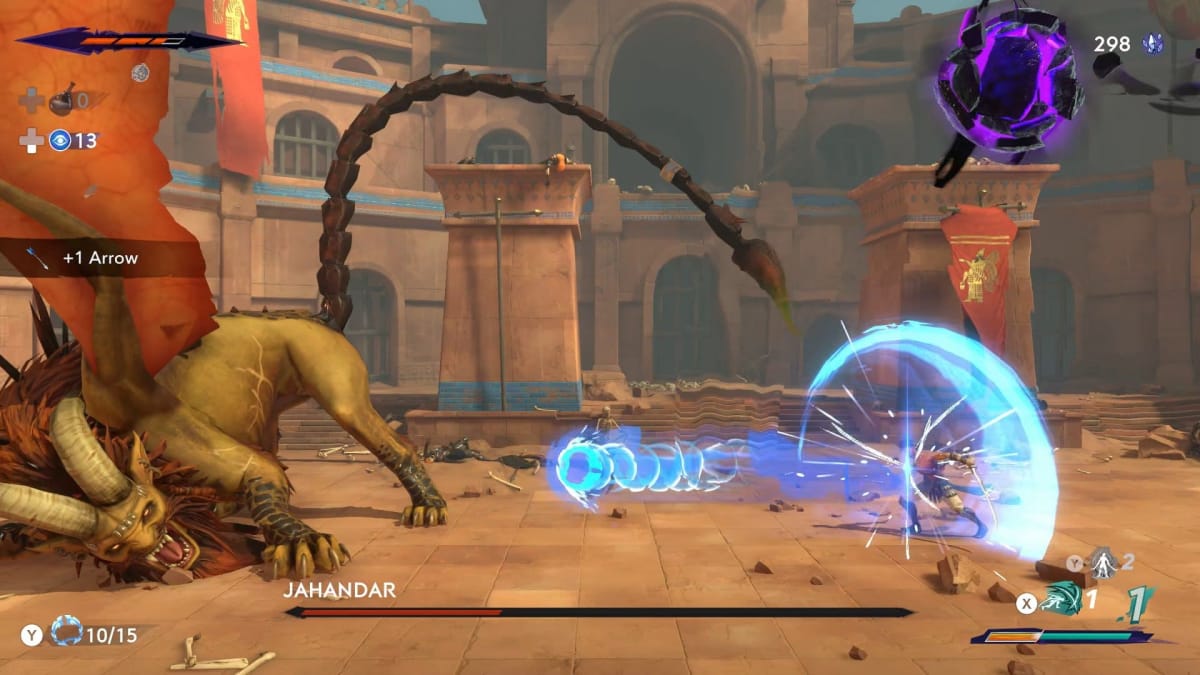
A combo I liked playing around with was throwing the chakram, attacking twice, and then parrying it for double the hits. I could in theory parry it over and over, but I found it easier and more fun to continue my ground combo. Or turn it into a launcher. Or dodge behind them and hit them with a special attack.
In the past preview build, I got access to time-based powers, which let me create a clone that acts as a bookmark for any action. For example, I could bank up a charged attack, clone myself, set up the enemy, and return to the clone to unleash the attack.
If you’re into making some wild combos in Devil May Cry or Street Fighter, there’s a lot of potential here. Combo flow charts will naturally start appearing in your mind’s eye. Is your goal to do maximum damage or to style on these clowns? If you answered “yes,” Prince of Persia: The Lost Crown should definitely be on your radar.
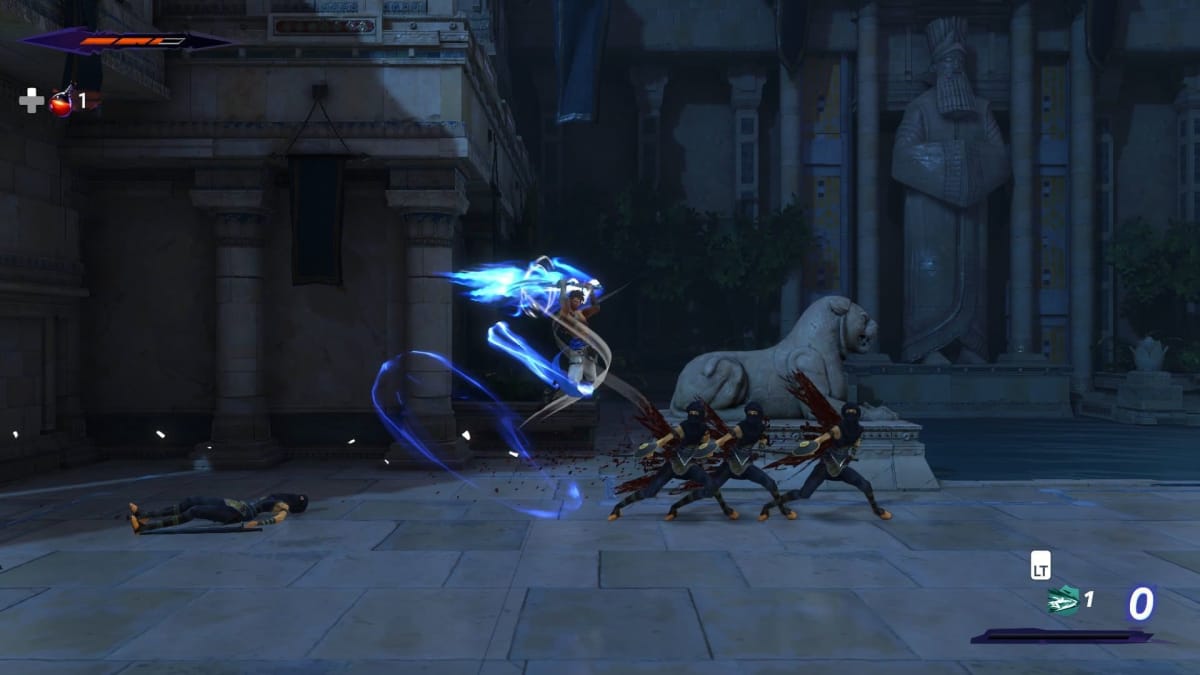
Is This an Anime?
What has me really excited though is the surprising yet more-than-welcome shonen action vibes in Prince of Persia: The Lost Crown. Its flair for dramatic, over-the-top action feels very inspired by anime, and it became really apparent in the final fight of my preview period.
You can’t convince me that the devs at Ubisoft Montpellier have never seen anime.
Throughout the game, Sargon can parry all sorts of attacks, but incoming attacks with yellow flashes come with a special, often deadly animation. Landing a proper parry triggers a cutscene where Sargon goes in for the kill with calculated, precise flourishes that are emphasized by camera angles, slow motion, and freeze frames.
Bosses also throw out these sorts of attacks, though parrying a yellow flash from them won’t lead to a one-hit kill. Instead, it does a lot of damage and potentially knocks them off balance. It adds a dynamic sense of scale and intensity to the action, amplifying the hype.
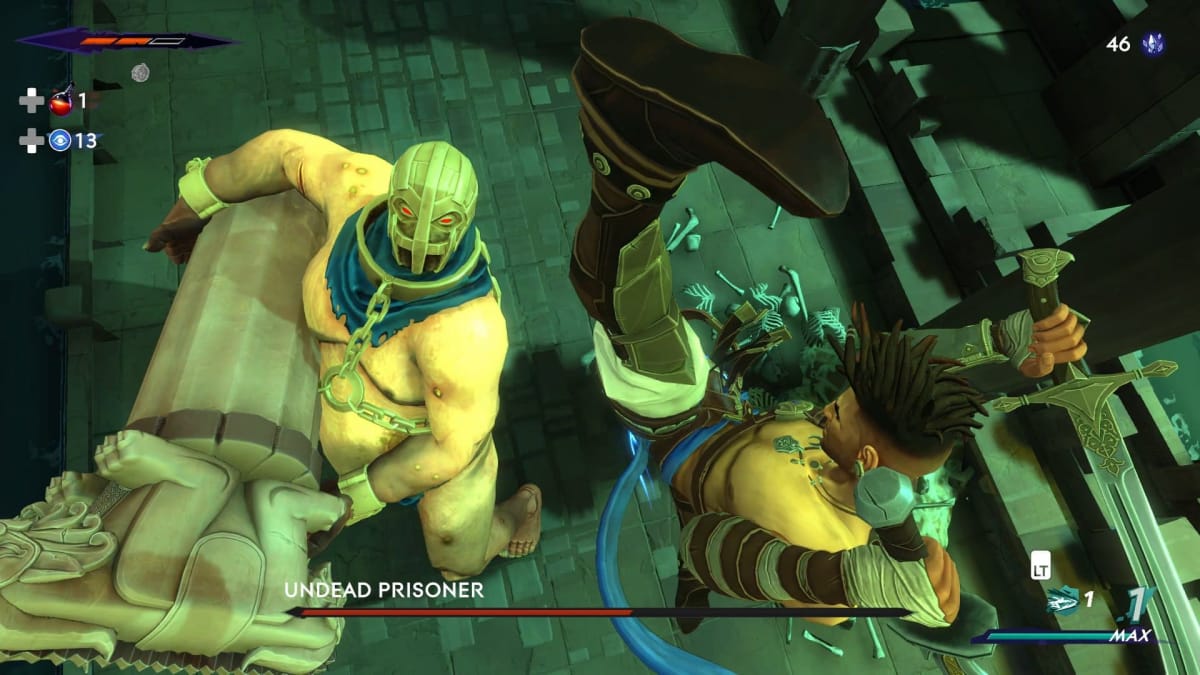
The last fight I played, which you can see flashes of in the recently revealed story trailer from The Game Awards, is where the excitement really hit. It’s fast-paced and bombastic, with a daunting enemy that feels just like Vergil from Devil May Cry.
He deflects your arrows by his sheer force of will, all while slowly and menacingly approaching you. He keeps his sword sheathed like a katana because why not, and he only flashes his steel for huge, multi-cutting attacks. When you try to unleash a special move, he teleports in front of you and gut-punches you out of the animation.
You can’t convince me that the devs at Ubisoft Montpellier have never seen anime. Frankly, it’s just cool as hell, and I’m excited to see more unnecessary extra fight choreography and animation.
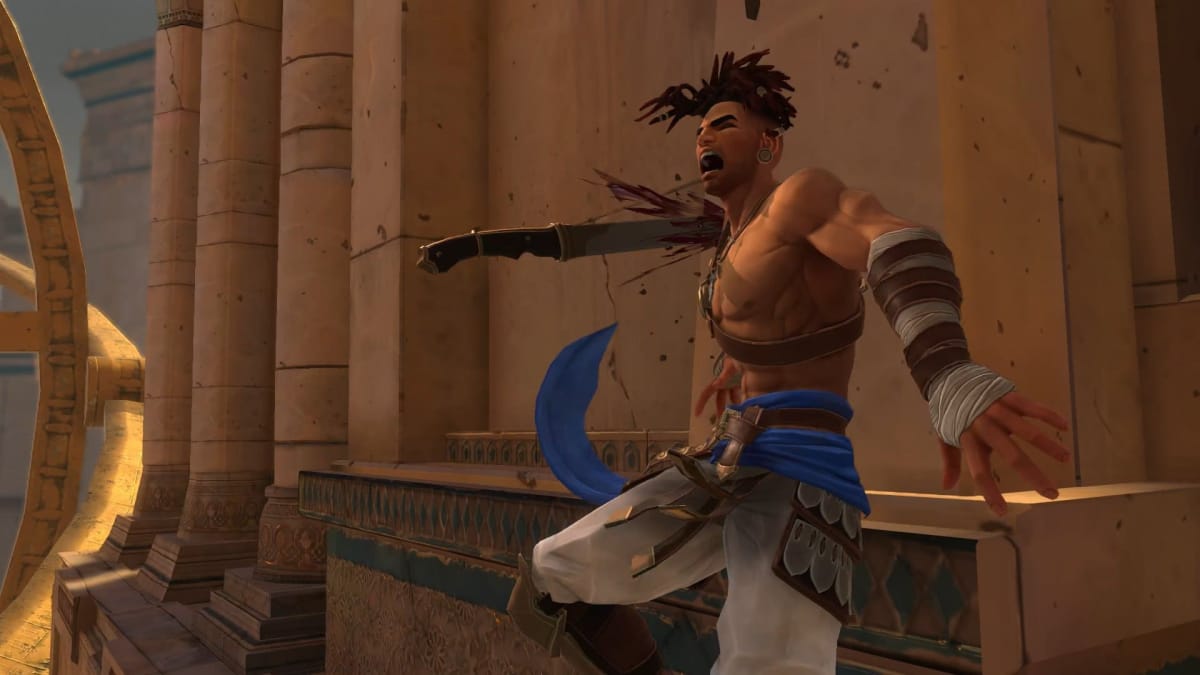
Prince of Persia: The Lost Crown Pays Attention To the Details
But it’s not just about the absurdly stylish action. The moment-to-moment gameplay in Prince of Persia: The Lost Crown is smooth, convenient, and seemingly accessible.
It’s a metroidvania, first and foremost, but like recent Assassin’s Creed games, Ubisoft has implemented Exploration and Guided modes. While Guided offers waypoints and hints, Exploration mode leaves it up to the player to find their way around.
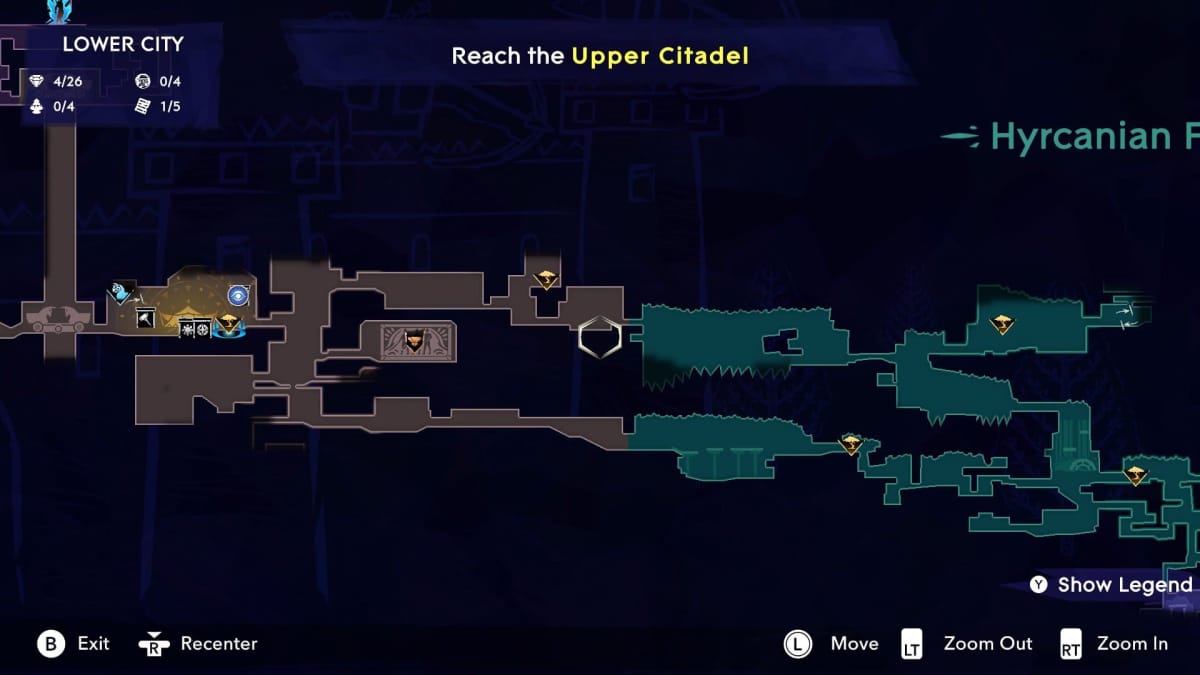
Difficulty can also be modularly tweaked, allowing the player to change things like damage multipliers, parry windows, and meter generation.
A neat little feature I especially liked was the Memory system, which lets you take in-game screenshots of your surroundings and places them right on the map. This lets you conveniently take note of any paths you want to explore right on the map, with an image that might jog your memory more than some notes scribbled on paper.
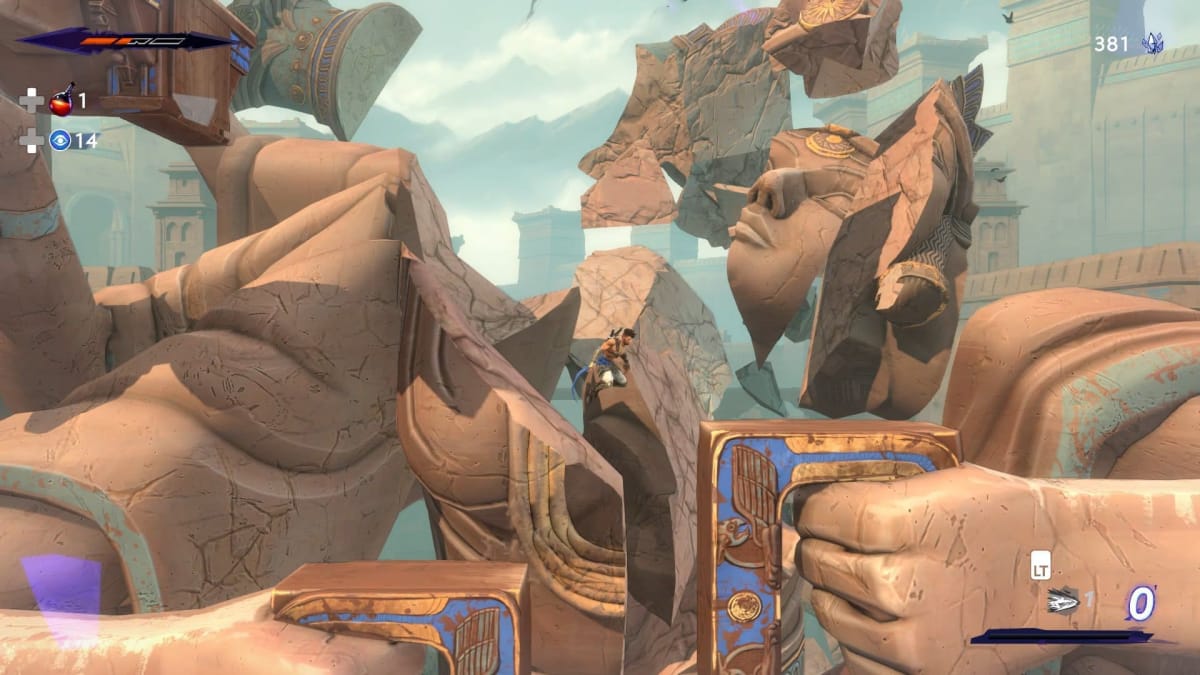
Prince of Persia: The Lost Crown Preview | Final Thoughts
We’re a little over a month out from the release date of Prince of Persia: The Lost Crown and I’m looking forward to it. While I can’t know for sure if it will stick the landing, it definitely has a strong launchpad that it’s starting from.
It has a lot of the same early hooks and appeal as other fantastic metroidvanias in recent memory. It’s a pleasant surprise from Ubisoft, and according to the devs at Montpellier, it has roughly 20 to 25 hours of content, depending on how much of a completionist you are.
If you’re someone who enjoyed games like Ori and the Will of the Wisps or Axiom Verge, it’ll be worth checking out the demo for Prince of Persia: The Lost Crown on January 11. You owe yourself at least that.
TechRaptor was invited to a virtual event to preview Prince of Persia: The Lost Crown by Ubisoft.